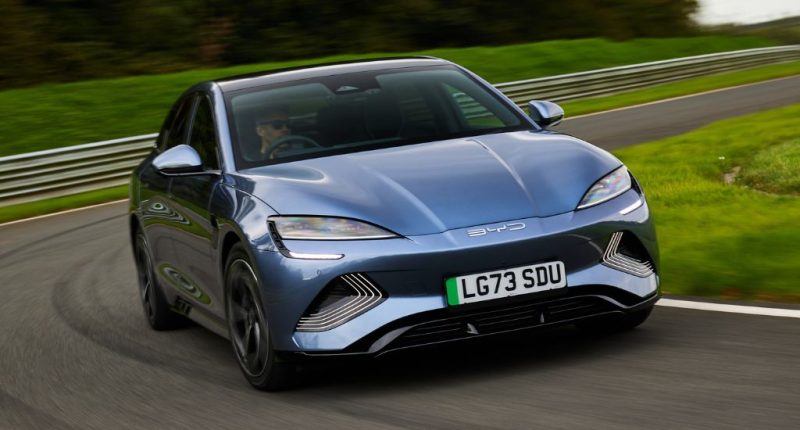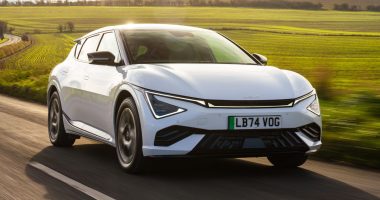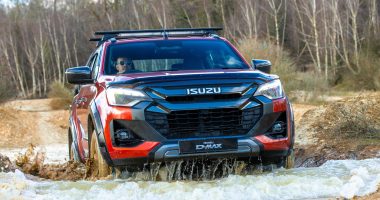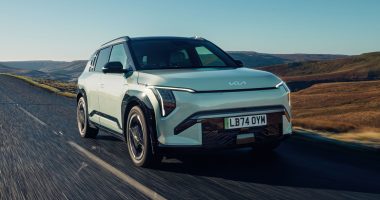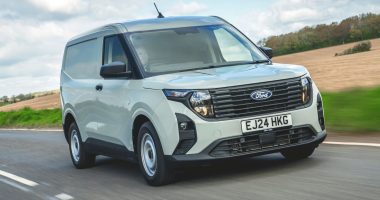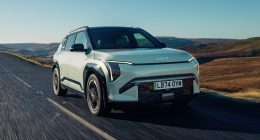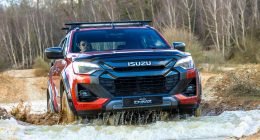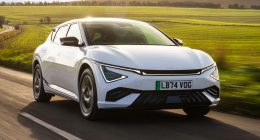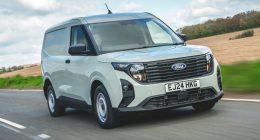BYD may be an unfamiliar name – but chances are you have either bought or owned a handheld product that has benefited from its technological know-how.
The Chinese business currently assembles well over half of all iPads that are sold on the global market, and it produces a fifth of all batteries that go into the latest smartphones. You name it and BYD has most probably played an instrumental role in creating it.
With this section of the market largely cornered, and expertise in battery production streets ahead of anyone else right now, BYD bosses decided the sensible next step was to enter the world of Electric Vehicle production.
In the short time it has been making and selling cars in the UK, it has launched the ATTO 3 electric SUV, a small electric hatchback called the Dolphin, the plug-in Seal U DM-i and now this: the Seal compact executive saloon. Opting to name three of its cars after aquatic mammals isn’t entirely clear, though it could have something to do with the fact combating climate change is a big part of what the Shenzhen-based business is about.
So, the Seal. What do you need to know? Pitched at premium EVs from the Tesla Model 3 to Hyundai’s IONIQ 6 and everything in-between, it comes in two- and four-wheel-drive options. Both cars deploy an 82.5kWh battery that, unlike many rivals, is a structural element of the Seal. In essence, when your feet are resting on the car floor, they are in fact touching the top of the battery pack.

Entry-level rear-wheel-drive examples are built in ‘Design’ trim only (£45,695 OTR) have passive dampers, 312bhp, a 0-62mph time of 5.9 seconds and a claimed 354-mile range. Sold in ‘Excellence’ specification and costing a snip under £48,700, it is underpinned by clever, upmarket semi-active suspension technology. Using dual motors for all-wheel-drive traction also pushes total power up to a whopping 530bhp for a 0-62mph time of under four seconds. Range does take a knock, however, and drops down to 320-miles.
The time it takes to charge is less competitive compared to the Tesla (200kW) and Hyundai (230kW); as the Seal maxes out at 150kW, roughly half-an-hour is needed to get you from 30-80% charge. It is worth saying, however, that a heat pump – which operates between minus 30 and plus 60 degrees centigrade – is fitted as standard to increase efficiency and prevent a noticeable drop in range should you reach for the climate control buttons. That kind of makes sense because there is no point designing a car to be sleek and elegant as the Seal is, with a drag co-efficient of 0.219Cdc, if convenience features like the heated seats and steering wheel, and dual zone climate control, simply undo all this good work.
Regardless of trim, all wheel sizes measure 19-inches in diameter, and on top of four standard body colours – ‘Ice Blue’, ‘Atlantis Grey’, ‘Polar White’ and ‘Space Black’ – there is the optional ‘Indigo Grey’ and ‘Shadow Green’. The Seal is certainly an attractive design that has more than a hint of its American and South Korean rivals about it. And if close attention is paid walking around it, you see how it leans into its marine name with gills behind the front wheels and sill ends, and scales on the rakish C-pillars.
Given the Seal’s length and panoramic roof, there is a welcome sense of space and comfort on the inside, whether you are travelling up top or in the back. Head and leg room are on a par with other cars in this class, but it is worth noting rear seat passengers cannot put their feet underneath the front seats – unless the driver or passenger prefer to sit quite high. Totalling 400-litres, the boot area behind the second row of seats is tricky to access with this being a saloon, and if you really must resort to using the bumper button to gain access, be prepared to dirty your fingers. Underneath the bonnet, meanwhile, there is a further 43-litres of space.
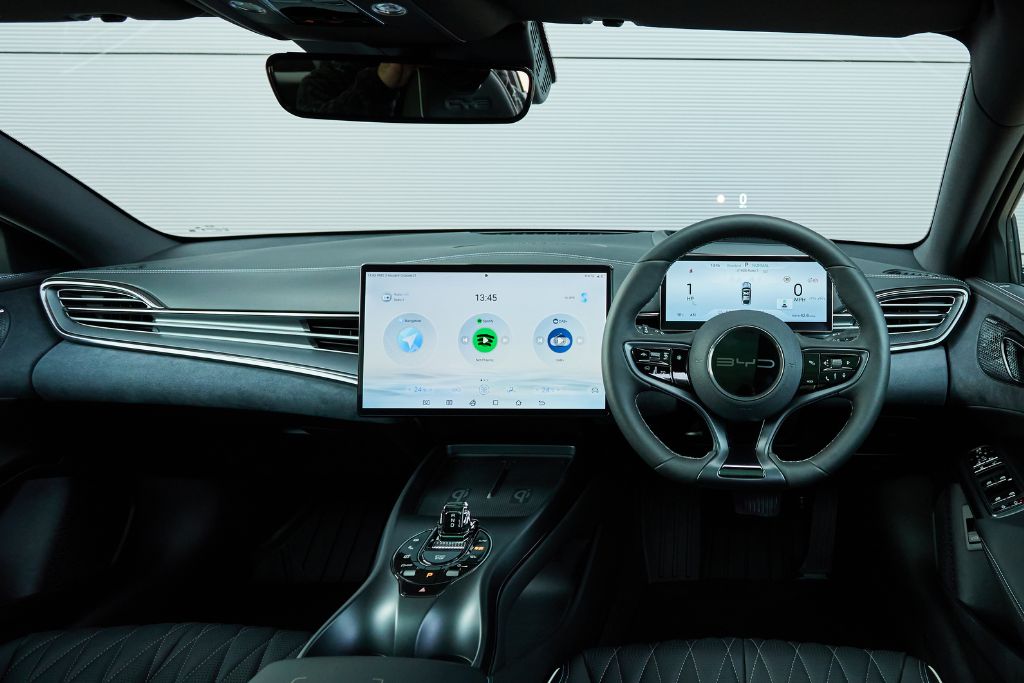
Either ‘Black’ or ‘Tahiti Blue’ trim are used in the construction of the refreshing and premium feeling interior where racy suede and soft-touch stitched leather is applied to the dash and door mouldings. The crystal-effect gear selector is another nice touch, as is the 15.6-inch multimedia screen with built-in rotation function that allows you to switch between either landscape or portrait.
It is just a shame the same level of thought and creativity was not deployed to the software it houses; on the move, menial tasks can become over complicated, so you find it hard not to see red. One example is the unexplainable absence of steering wheel-mounted paddles to either increase or lessen the process of regenerative braking, so owners have to delve deep into the touchscreen in order to unearth this feature.
The compromises continue from behind the wheel despite the Seal having a ‘50:50 golden axle load ratio’ – in other words, perfect weight distribution. What you tend to notice first is how power is rolled out: even in ‘Sport’, clever computer trickery in the background ensures this arrives gradually and in a controlled manner.
In truth, that is a good thing as the Seal has been calibrated with comfort and safety in mind as opposed to a race-ready, hard-edged set-up. Having the more advanced active system underneath you helps keep the 2,185kg body weight in check at speed when your inner Max Verstappen wants to play. At the other end of the spectrum, the Seal’s low-speed ride through town and over pet hates such as potholes is alarmingly wooden. However, pick up momentum and the bangs and impacts fade as the suspension is less inclined to fidget and kickback, instead cushioning you from the most evil of roads.
